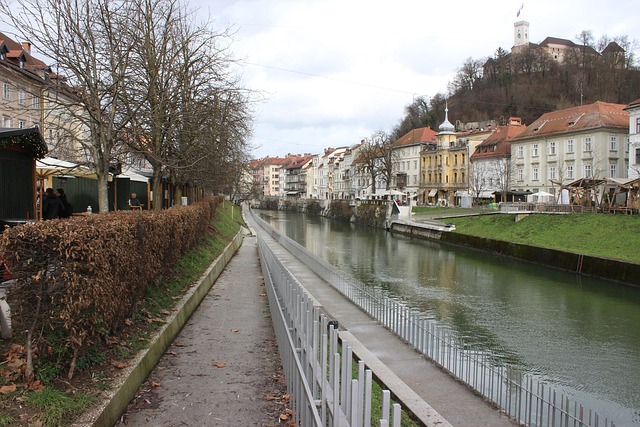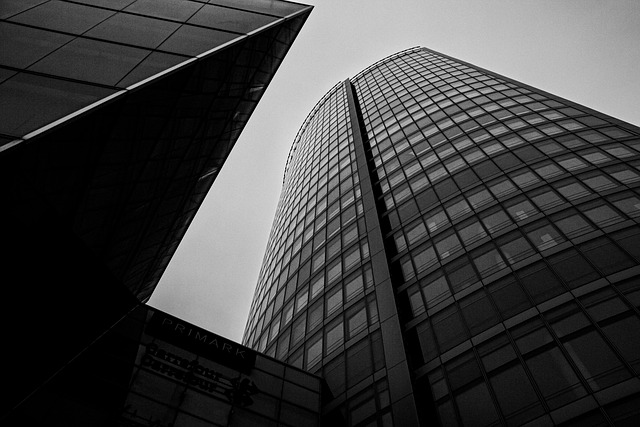Karachi's air quality challenges are evident in neighborhoods like Zamzama, facing high pollution levels from vehicle emissions, industry, and construction. Strict emission standards, public transport promotion, industrial monitoring, urban greening, and sustainable practices are needed to improve air quality, protect health, and create a healthier future for the city.
“In the bustling metropolis of Karachi, understanding air quality is no longer a niche concern but a vital aspect of daily life. This article delves into the intricate details of the Air Quality Index (AQI) as it pertains to Karachi’s Zamzama area. We’ll explore how AQI readings provide insights into the region’s atmospheric health and discuss the significant impacts on residents’ well-being. Furthermore, we present actionable solutions to combat poor air quality, offering a roadmap towards a healthier and more sustainable future for this vibrant city.”
- Air Quality Index Karachi: Understanding the Readings
- Impact and Solutions for Better Air in Zamzama
Air Quality Index Karachi: Understanding the Readings

Karachi, being a bustling metropolis, faces unique challenges when it comes to air quality. The Air Quality Index (AQI) serves as a critical tool for gauging and communicating the current state of air pollution in the city. This index provides a numerical value that indicates how clean or polluted the air is on a given day.
In Karachi, the AQI is typically measured at various locations across the city, offering insights into localized air quality. Readings can vary significantly based on factors such as traffic density, industrial activity, and weather conditions. Understanding these variations is essential for Karachis to make informed decisions regarding outdoor activities, particularly during periods of high pollution levels.
Impact and Solutions for Better Air in Zamzama

Zamzama, a vibrant neighborhood in Karachi, has been grappling with air quality issues, affecting the health and well-being of its residents. The primary culprits are vehicle emissions, industrial pollutants, and construction activities, leading to high levels of particulate matter (PM2.5 and PM10) and hazardous gases like nitrogen oxides (NOx) and sulfur dioxide (SO2). These pollutants not only cause respiratory diseases but also contribute to cardiovascular problems and other health complications.
Addressing this crisis requires a multi-faceted approach. Implementing stricter emission standards for vehicles, promoting public transport, and encouraging the use of electric vehicles can significantly reduce pollution from the road sector. For industrial emissions, regular monitoring and enforcement of existing environmental regulations are crucial. Additionally, greening urban spaces with more trees and parks can help absorb pollutants naturally. The community can also play a role by adopting sustainable practices, such as waste reduction and responsible recycling, to create a healthier environment for Zamzama and the wider Karachi metropolis.
In Karachi, understanding the Air Quality Index (AQI) is a crucial step towards improving air quality in areas like Zamzama. By interpreting AQI readings, residents can take informed actions and advocate for solutions that address primary polluters, such as vehicle emissions and industrial activities. Collaborative efforts between communities, local authorities, and industries are essential to sustain and enhance the air quality in Karachi, ensuring a healthier future for all its folks.





Leave a Reply